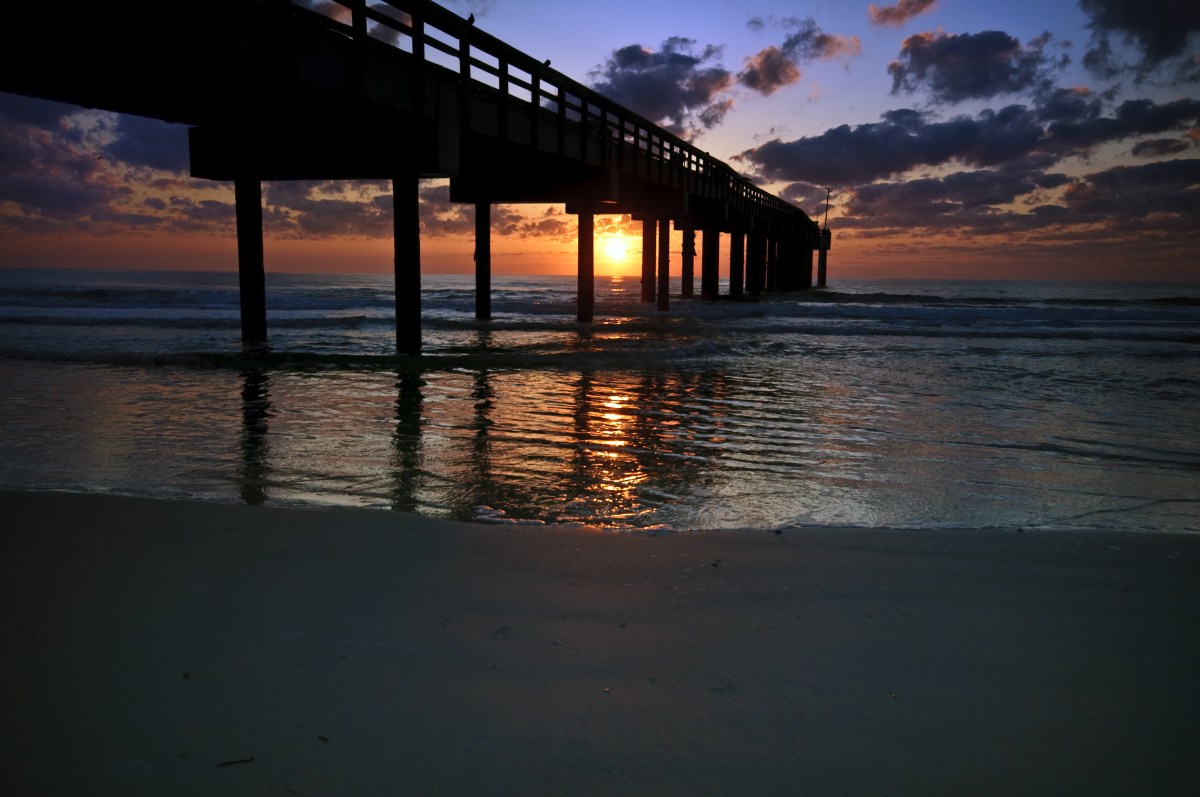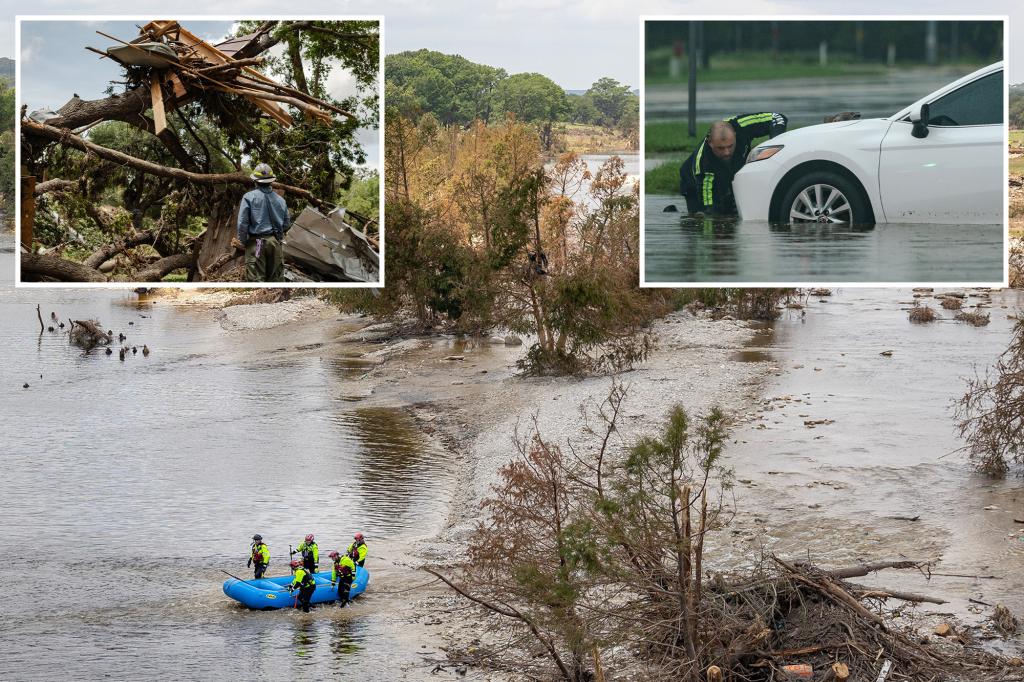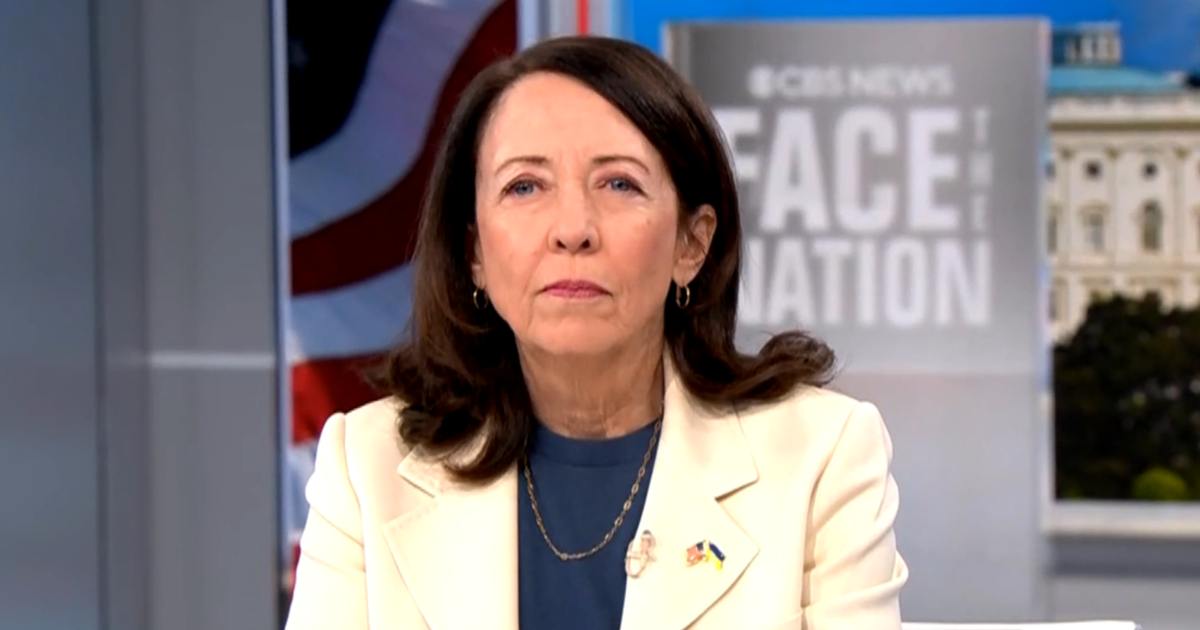Unveiling the Crisis: Troubling Developments in Earth’s Polar Regions
The Earth’s polar regions, critical indicators of climate change, are undergoing alarming transformations that threaten global ecosystems and communities. As temperatures rise and ice melts, the implications of these changes are felt worldwide. This article examines the latest developments in the polar regions, their underlying causes, and their far-reaching consequences.
The Accelerating Thaw: A Closer Look at Polar Ice Melt
Recent studies indicate that polar ice is melting at unprecedented rates. According to the National Snow and Ice Data Center, Arctic sea ice extent has decreased by about 40% since the late 1970s. This dramatic loss of ice not only contributes to rising sea levels but also disrupts local wildlife and global weather patterns.
Causes of Ice Melt
- Global Temperature Rise: The average global temperature has increased by approximately 1.2 degrees Celsius since pre-industrial times, primarily due to human activities. This warming is especially pronounced in polar regions.
- Feedback Loops: As ice melts, darker ocean water is exposed, absorbing more sunlight and accelerating further melting—a cycle that poses significant risks.
- Atmospheric Changes: Changes in atmospheric circulation patterns are leading to altered weather conditions, contributing to ice melt.
Impact on Global Ecosystems
The ramifications of polar ice melt extend far beyond the Arctic and Antarctic. Ecosystems worldwide face profound changes due to disrupted habitats and altered species migration patterns. For instance, melting glaciers threaten freshwater supplies for millions globally, while the warming oceans endanger marine biodiversity.
Species at Risk
Iconic species such as polar bears and walruses are particularly vulnerable. As their habitats shrink, their survival becomes increasingly precarious. The World Wildlife Fund (WWF) reports that polar bears could face a population decline of over 30% by 2050 if current trends continue.
Impacts on Indigenous Communities
Indigenous peoples in polar regions are on the front lines of climate change. Many rely on stable ice conditions for hunting and transportation. The disruption of these environments not only threatens their way of life but also their cultural heritage.
Changing Lifestyles
For communities in places like Alaska and Greenland, the loss of ice means that traditional hunting grounds are becoming inaccessible. This shift forces many to adapt or abandon their ancestral practices, leading to cultural erosion.
The Global Ripple Effect
The consequences of changes in polar regions are felt globally. Rising sea levels threaten coastal cities, while altered weather patterns can lead to more severe storms, droughts, and floods elsewhere. According to the Intergovernmental Panel on Climate Change (IPCC), a 1-meter rise in sea level could displace over 100 million people by 2050.
Economic Implications
As polar regions change, industries such as fisheries, tourism, and shipping will also be affected. Warmer waters may open new shipping routes but can also lead to overfishing and ecological collapse.
Looking Ahead: What Can Be Done?
Addressing the crisis in polar regions requires immediate and concerted global efforts. Mitigating climate change through reduced greenhouse gas emissions is paramount. Additionally, protecting polar ecosystems and supporting indigenous communities in their adaptation efforts are crucial steps.
Call to Action
Individuals can contribute by advocating for sustainable practices, supporting policies aimed at reducing carbon footprints, and raising awareness about the importance of polar regions. Only through collective action can we hope to safeguard our planet’s future.
In conclusion, the troubling developments in Earth’s polar regions are a clarion call for urgent action. The interconnectedness of our global ecosystem demands that we pay heed to these changes and work together to create a sustainable future for all.
See more Your Daily Weather



